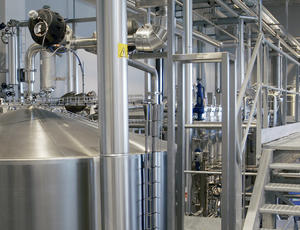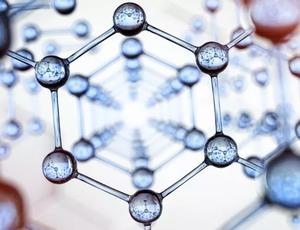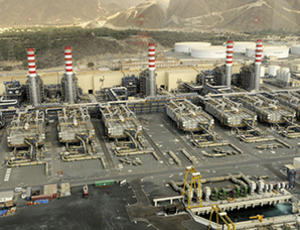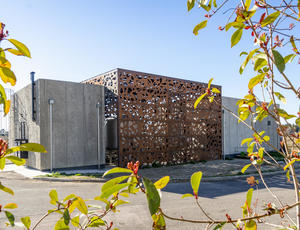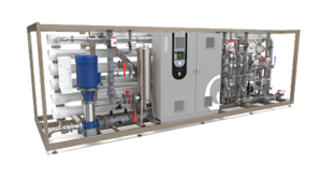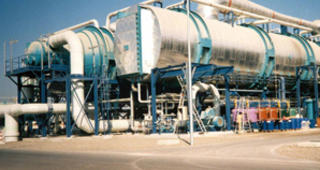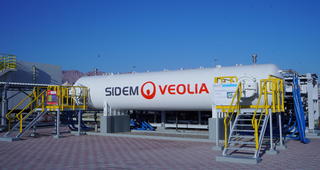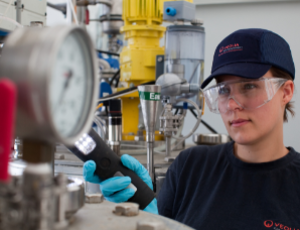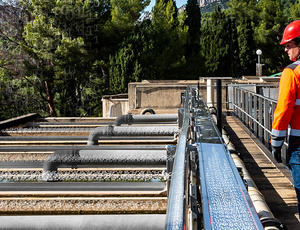Hydrogen can be produced from a variety of sources — from natural gas to nuclear power and biogas —and green hydrogen is produced from renewable sources such as solar and wind. Regardless of the source, pure water is critical to hydrogen production and so managing water resources is vital from electrolysis efficiency to water treatment services for electrolysis.
Water and environment: challenges faced by hydrogen producers

Managing a range of water sources

Ensuring cost effectiveness

Minimizing downtime

Overcoming water security risks
How Veolia is committed to helping its hydrogen clients
Green hydrogen production can drive the global economy from its current fossil fuel-dependent structure to the renewable energy-driven, net zero approach of the future.
As a result, the electrolyzer market — the devices that enable the production of hydrogen using a chemical process that separates water into hydrogen and oxygen molecules — is gaining serious momentum. This is not only due to the increasing adoption of sustainable power but also the stringent regulatory policies that many countries are putting in place to reduce their emissions.
At Veolia Water Technologies, we are positioned to support both the green hydrogen — hydrogen produced from renewable sources — and blue hydrogen — hydrogen produced from natural gas and supported by carbon capture and storage — industries.
We focus on designing and packaging together world class water treatment technologies and services that improve hydrogen electrolysis efficiency. Our three offers include boxed, standard and bespoke solutions covering ranges from 100 kilowatt hour (kWh) to over 500 megawatts (MW).
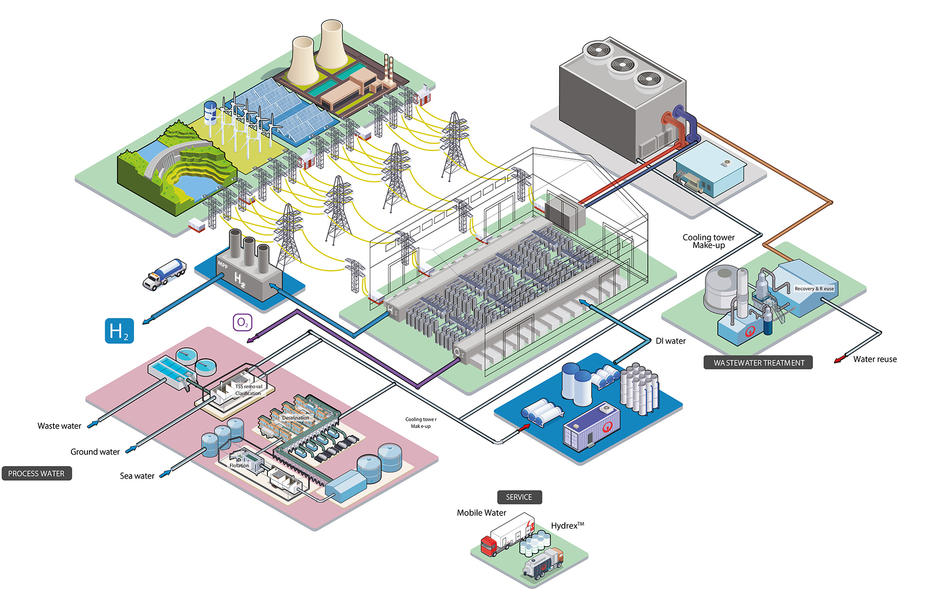
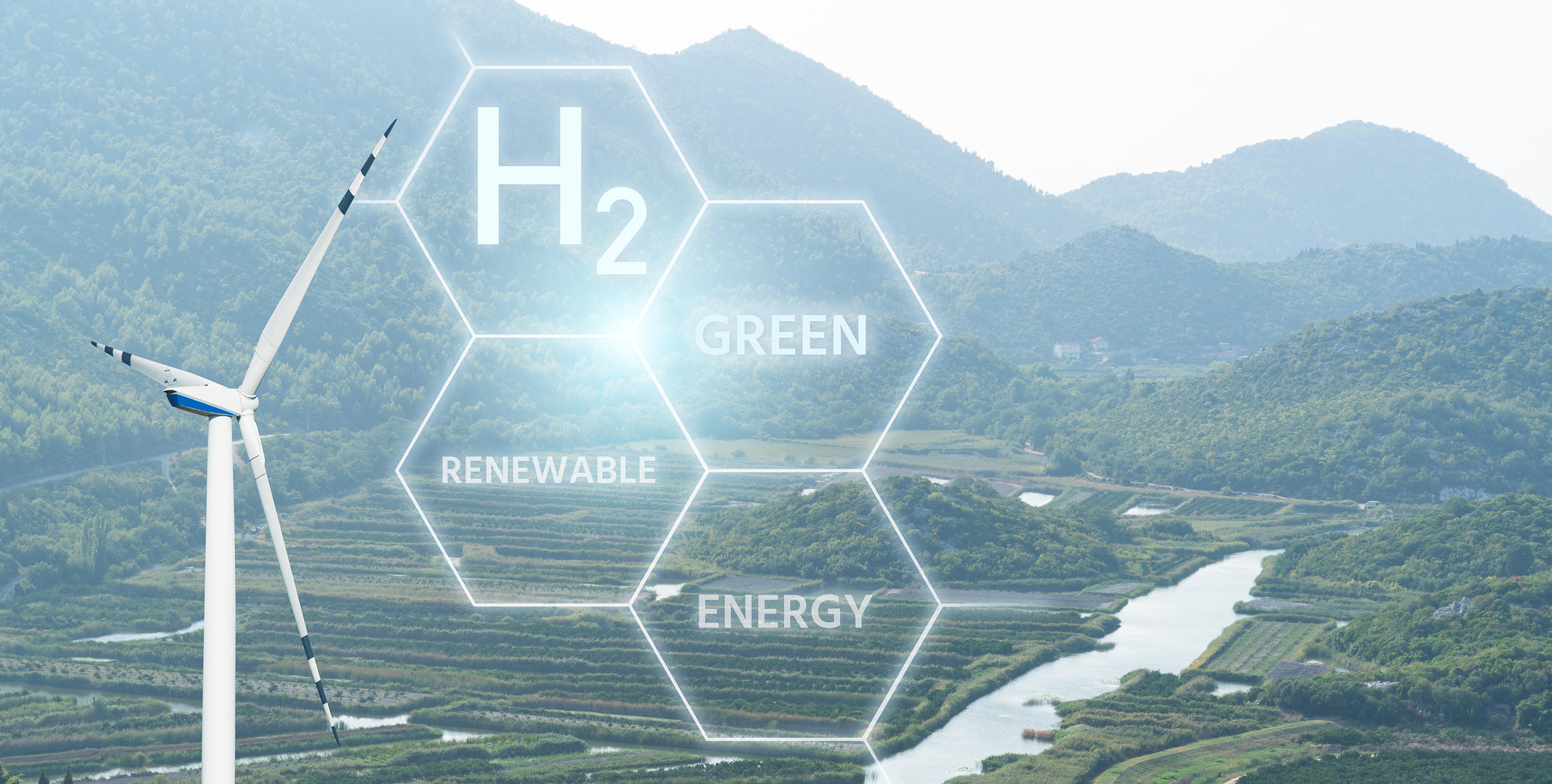
Water is needed at each stage of the electrolyzer process, so a key challenge faced by the electrolyzer market is water management to ensure a reliable supply of quality water.
High-quality water is required for electrolysis to occur (typically with less than 0.1 microsiemens per centimetre (μS/cm) for polymer electrolyte membranes (PEM)). As a result, purified water is vital for process water as well as utility feed applications such as cooling and water for steam production.
Wastewater management is also required to handle the residual streams generated during the manufacturing process, including concentrations from membrane processes and sludge.
An additional challenge is the deepening concern over water scarcity.
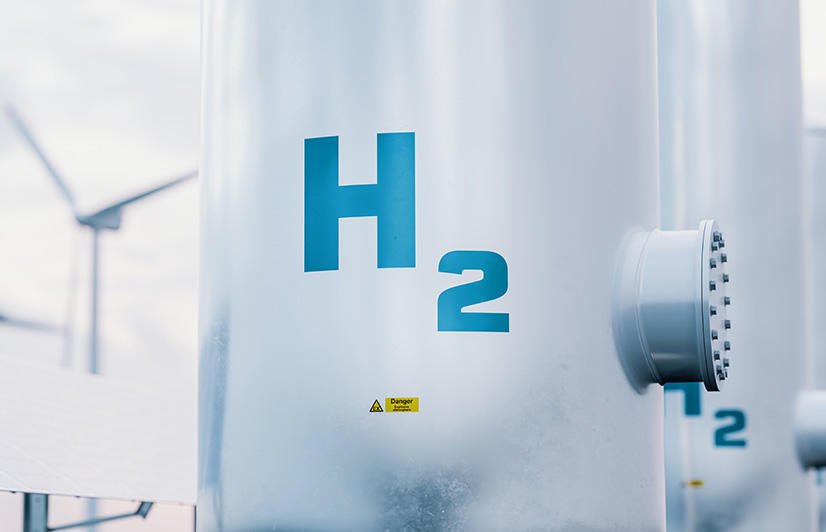
Depending on location, electrolyzer manufacturers can have limited freshwater resources. To ensure water access does not become a barrier to scale-up electrolysis, the ability to manage a variety of water sources, including treated wastewater and sludge, is invaluable.
Our experts can treat a variety of sources from groundwater, surface water to seawater desalination. Additionally, to ensure maximum water recovery water reuse is essential and zero liquid discharge (ZLD) ensures a reduction in wastewater disposal costs. For offshore installations or those near the sea, thermal desalination is an economically convenient solution.
To overcome all of these water-related challenges electrolyzer companies require a dependable partner to meet the entire scope of their water cycle needs.
As water technology experts, we can ensure water quality and quantity, regardless of the source, via best-in-class reverse osmosis to continuous electrodeionization (CEDI) technologies.
We offer boxed, standard and bespoke solutions based on three tiers: small, medium and large. For small operations between 100-900 kWh we offer a packaged box solution; for medium hydrogen production plants from between 20 to 100 MW we offer two standard packages; and for larger production plants of over 500 MW we offer bespoke solutions for both onshore and offshore applications.
Adaptable solutions for all hydrogen players
Hydrogen clients who already work with Veolia
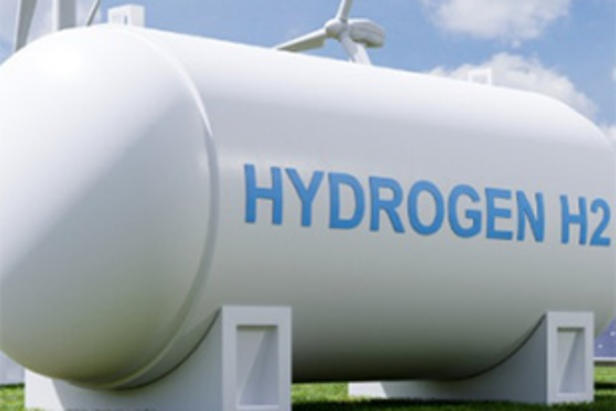
Our client needed to expand their offer to provide water purification systems to its growing customer base as part of an overall package. Our experts designed and delivered a modular system to effectively treat feedwater to the required quality that then fed the proton exchange membrane (PEM) electrolyzers. It was tailored to manage inlet water with high hardness and salinity while also handling variable flow rates. The plant includes both softening and reverse osmosis to meet the electrolysers required conductivity of less than three micro siemens per centimetre.
Discover our water treatment technologies for the hydrogen industry
The shift to climate neutrality is both a pressing challenge and an opportunity to create a better future for all. Hydrogen, and especially green hydrogen, is a tool we can use to meet soaring energy demands while cutting our greenhouse gas emissions. We are here to help you find the best water solutions for your entire water cycle to aid the energy transition.

Dionisio Visintin
Commercial Excellence and Hydrogen Manager Europe
Contact Dionisio through his LinkedIn account
Would you like more information about our technologies to support Hydrogen production?
Services to help our hydrogen production clients
Maintenance is essential as residuals naturally accumulate in the electrolyzers over time and inevitably degrade performance. This is why continuous monitoring is required to optimize operations.
Our global service support ensures the water cycle is maintained throughout the hydrogen electrolyzer's lifetime while optimizing operations to reduce costs, water and energy expenditures.
FAQ about water solutions for hydrogen
How is Hydrogen fuel made?
Hydrogen is produced by splitting water into its two elements: hydrogen and oxygen. This is achieved through electrolysis where a direct electric current passes through the compound in a fluid form. This splits the hydrogen and oxygen part. The hydrogen can then be extracted and used as energy, whereas the oxygen can be released to the atmosphere with no adverse effect.
How can efficient water treatment make hydrogen production more cost-effective?
Only a small fraction of the total cost per unit of hydrogen produced comes from water. However, to fully optimise and reduce the costs of your water treatment you can consider the:
- Availability of water from polluted sources, which could increase costs to treat
- Possibility of energy recovery from excess heat
- Use of oxygen as a secondary product
- Extension of the life of the electrolytic cells according to the purity of the water
- Potential risks of machine downtime for maintenance
Even though only a small fraction of the total cost per unit, the correct management of all these aspects can reduce the production cost of hydrogen overall.
Can I use seawater as feed water for electrolysis?
Yes. Any source of water — whether ground water, seawater or treated wastewater — can be used as feed water as long as it has been appropriately treated and purified typically with less than one microsiemens per centimetre (μS/cm) for PEM. Once the water from any source reaches this purification level it can be successfully in electrolysis.



